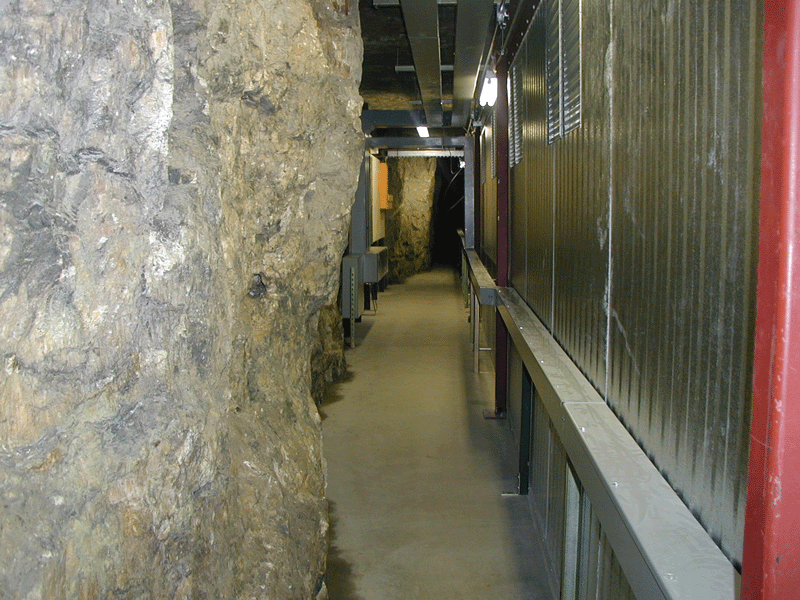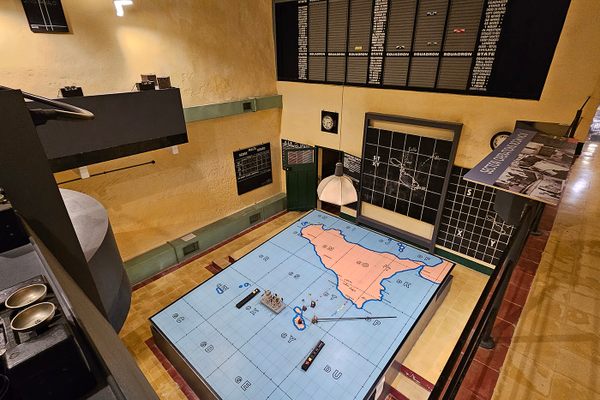About
Gypsum mining was once a major industry in the Grand Rapids, Michigan area.
Mining began in 1841, with an open quarry and a mill on Plaster Creek, where it enters the Grand River. Other quarries and later underground mines were started later on the other side of the river, roughly at the location of today's Millennium Park.
The gypsum was ground to make a soil treatment called land plaster, and later was used to make both plaster and drywall. The industry is the source of some local place names, including Plaster Creek and Paris, Michigan, named for the plaster of Paris manufactured from gypsum.
However, the mines became obsolete when air-pollution controlling technology installed on coal-burning facilities provided an alternative source of gypsum.
Even when mining was still active, the underground tunnels were re-used. Mushrooms were grown in the tunnels, using manure from the draft horses used in the mines.
Although the mines are not active, they now serve as secure dry storage, almost 100 feet below the cities of Wyoming and Grand Rapids, Michigan. Underground Security Company stores microfilm records in the mine, including 70% of Michigan's counties legal records. A different mine was somewhat famously used as a digital data center, and is now closed. A golf course named "The Mines" is located above one group of gypsum mines.
There has been a downside to the gypsum mining in Michigan however, as in the 1990s a section of US 131 freeway in Grand Rapids was found to be sinking as a result of the gypsum mining. A new route was built, which avoided the unstable land.
Related Tags
Community Contributors
Added By
Published
July 8, 2010





















